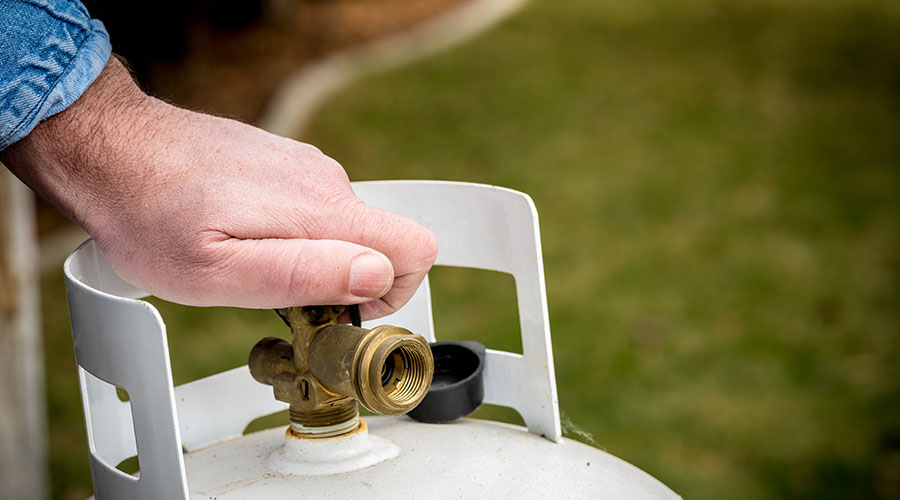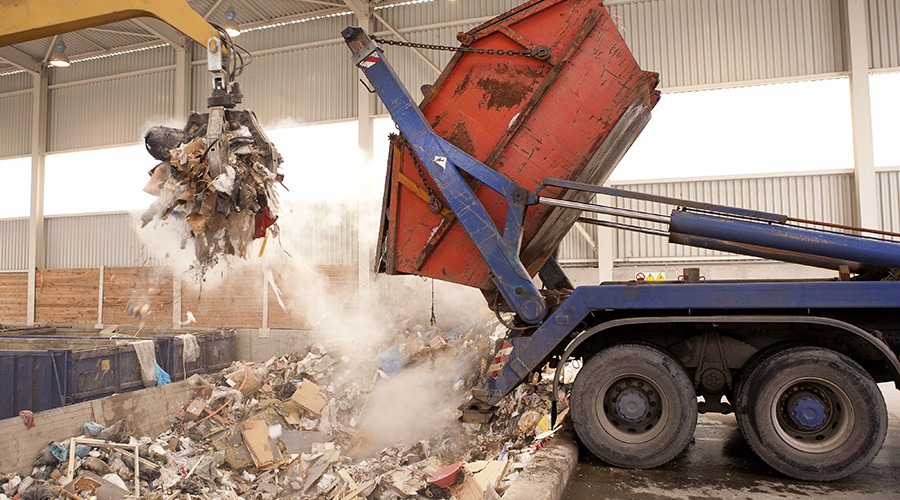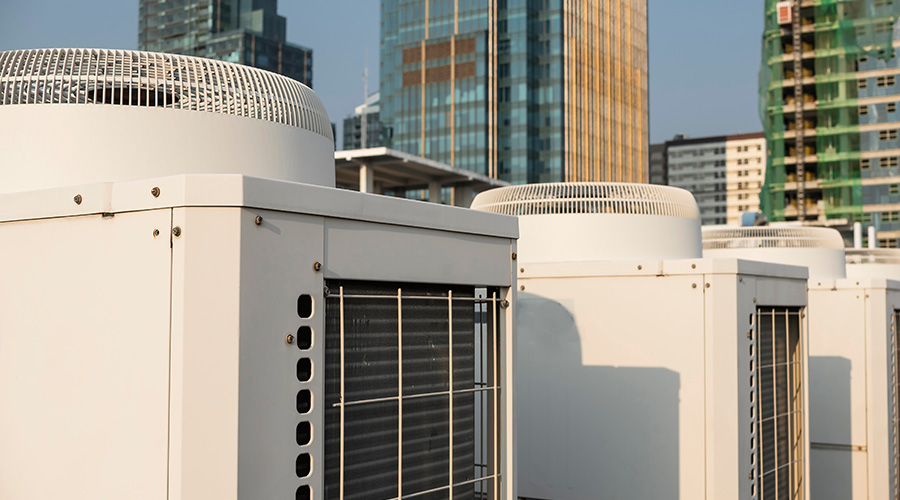 Atlanta is investing $300 million to create a 2.4-billion-gallon reservoir that would give the city a 30-day supply of water instead of its current three days.
Atlanta is investing $300 million to create a 2.4-billion-gallon reservoir that would give the city a 30-day supply of water instead of its current three days.How Leaks Quickly Squander Water Efficiency Efforts
Utilities and FMs alike must find a way to monitor leaks or see their water efficiency efforts go down the drain.
Some water waste is built into infrastructure and planning. “A good system should lose only 5 to 10 percent of its drinking water,” says Greg DiLoreto, former president of the American Society of Civil Engineers, who manages a water utility near Portland, Ore. He knew of one poorly run system that lost 50 percent.
If a loss rate of 5 to 10 percent sounds high, DiLoreto points out that nationally, 240,000 water mains break every year, and an in-ground pipe that leaks may never be found unless someone goes looking for it. Utilities that meter everything and run a proactive pipe replacement program, however, can minimize water loss.
“For too long, the industry has been casual about losses from the distribution system,” says Osann. “I think those days are over.” But, he continues, an acceptable loss rate will depend on each system’s challenges — and volume of loss is more significant than percentage.
The reason, he says, is that leaks tend to happen at steady, continuous rates, but a water system’s production and demand fluctuates from year to year depending on weather — because “so much drinking water gets used outdoors to water grass.” Hence, the loss percentage will look smaller in a dry year, when more water is flowing through the pipes.
Once utilities know where their problems are, they have taken their first step — but the step of finding money to fix the problems is huge. “There’s a tremendous gap between the amount we intend to spend and the amount that’s needed,” says DiLoreto.
Related Topics:
















